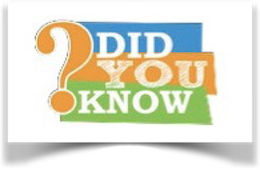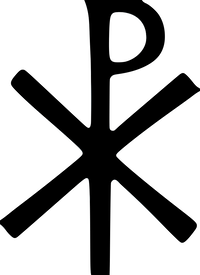
Did You Know?

What is the meaning of “Christmas” and when was the word first used?
During the Middle Ages people used to fast right up until 24 December. They then would have twelve full days of Christmas festivities, reaching a crescendo on 6th January (Twelfth Night), when presents were exchanged. These celebrations commemorated Christ’s birth and the name Christmas (Christ’s Mass) is first recorded in England in 1038.
What role did St. Francis of Assisi play in reviving Christmas activities?Christmas festivities were revived by St. Francis of Assisi when, in the winter of 1223, he started his Nativity Plays in Italy. The people in the plays sang songs or “canticles” that told the story during the plays. Sometimes, the choruses of these new carols were in Latin; but normally they were all in a language that the people watching the play could understand and join in. These new carols gradually spread to other European countries.
|
|
In what century did people first put up special decorations at Christmas?The first evidence of this happening was in the 15th century. It was recorded that in London it was the custom at Christmas for every house and all the parish churches to be “decked with holm, ivy, bays, and whatsoever the season of the year afforded to be green.” The heart-shaped leaves of ivy were said to symbolize the coming to earth of Jesus, while holly was seen as protection against pagans and witches, its thorns and red berries held to represent the Crown of Thorns worn by Jesus at the crucifixion and the blood he shed. The first commercially produced decorations appeared in Germany in the 1860’s and gradually spread to other European countries.
|
|
Why is the exchange of gifts one of the core aspects of the modern Christmas celebration?
On Christmas Day, people exchange gifts based on the Christian tradition associated with the gifts of gold, frankincense, and myrrh which were given to the baby Jesus by the Magi (Wise Men).
|
|
|

In what century was the first written use of “Xmas”?The 16th century. The “X” in Xmas comes from the Greek letter Chi which looks like an “X”. The letter “X” has long been used as an abbreviation for Christ since the Greek word for Christ begins with what looks like an “X”. Christ was often written with the letters Chi (X) Rho (p) which looks like Xp. The Chi- Rho symbol representing Christ looks like this:
|
|
|
What country is the Poinsettia, with its red and green foliage, native to?Mexico. It derives its English name from Joel Roberts Poinsett, the first US minister to Mexico. He introduced the plant to the US in 1825. |
|
Who created the first electric light Christmas display?Thomas Edison. In 1880 he put up the first Christmas display made from electric lights to advertise his light bulbs. A few years later an inventor named Edward Johnson, a colleague of Thomas Edison, created the first string of Christmas lights. |
|
In what country did “Silent Night” originate?
Austria. Its original German title was Stille Nacht, heilige Nacht. The lyrics were written by Joseph Mohr in 1816 and the music was composed by Franz Xaver Gruber 1818. |
|
What Southeast Asian country boasts the longest holiday season starting with decorations and carols as early as September and celebrations that last sometimes until late January?
|
By the end of this page, hopefully, you have known a lot more about Christmas than you did!
Excerpts from